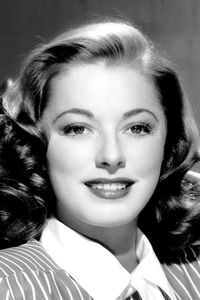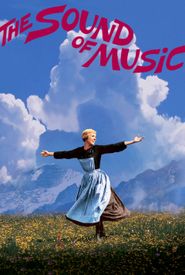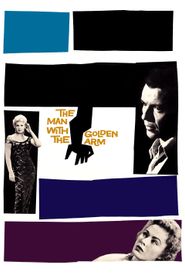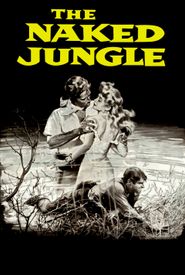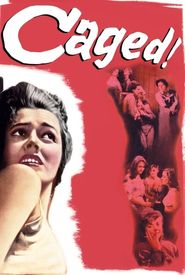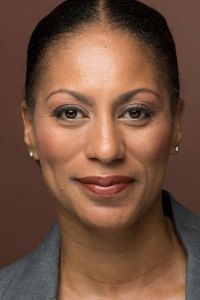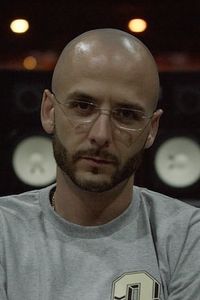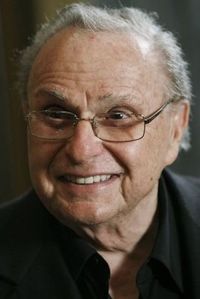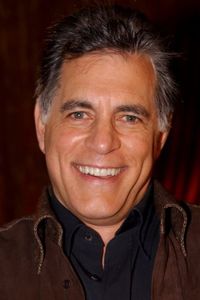Here is the biography of Eleanor Parker:
Eleanor Jean Parker was born on June 26, 1922, in Cedarville, Ohio, the last of three children to a mathematics teacher and his wife. She caught the acting bug early and began performing in school plays. Parker was so serious about becoming an actor that she attended the Rice Summer Theatre on Martha's Vineyard in Massachusetts, beginning when she was 15 years old. She was offered her first screen test by a 20th Century-Fox talent scout while attending Rice, but turned the opportunity down to gain professional stage experience in Cleveland after graduating from high school.
Parker moved on to California to continue her acting studies at the Pasadena Playhouse. It was there, while sitting in the audience of a play being put on at the Playhouse, that she was again offered a screen test - this time from a Warner Brothers' scout - and again declined, wanting to finish her first year at the Playhouse. When the year was up, Parker contacted Warner Brothers to take them up on their offer of a screen test and was signed as a contract player two days after it was shot.
Parker was cast in Raoul Walsh's They Died with Their Boots On (1941),but her performance was left on the cutting room floor. She was then cast in short subjects and given other assignments typical of novice film actors, to enable them to learn their craft, such as voice-acting and appearances in other actors' screen tests. Finally, she was promoted to the B-picture unit, making her feature debut in Busses Roar (1942).
Parker's beauty meant she was not forgotten, and she was cast in one of Warner Brothers' biggest productions for the 1943 season, the pro-Soviet Mission to Moscow (1943),directed by Michael Curtiz and starring Walter Huston as the U.S. ambassador to the USSR. Eleanor played his daughter in the film, which became notorious in the McCarthy era for its glorification of "Uncle Joe" Stalin. The film proved significant to Parker, as she met a future husband on the set, Navy Lieutenant Fred L. Losse, Navy dentist. The marriage was a brief wartime affair, lasting from March 21, 1943, to December 5, 1944.
Parker went back to the B's with The Mysterious Doctor (1943),then bounced back to the A-list for Between Two Worlds (1944),a remake of the Leslie Howard vehicle Outward Bound (1930) in which she played Paul Henreid's fiancée (both die from suicide, but in Hollywood logic that didn't mean they couldn't frolic together on the silver screen). Eleanor then made two more B-quickies in 1944, Crime by Night (1944) and The Last Ride (1944),before graduating to the A-list for good with Pride of the Marines (1945) with John Garfield.
In the 1946 Warner Bros. remake of Of Human Bondage (1946),Parker took the role that Bette Davis had made good in 1934 (ironically, at rival RKO). Though Parker would be gaining kudos and Oscar nominations by the beginning of the next decade, her portrait of Mildred was weak in comparison with Davis's dynamic performance.
Parker received the first of her three Best Actress Oscar nominations for playing a prisoner in Caged (1950),and won the best actress award at the Venice Film Festival. She was also nominated the next year for playing the cop's wife who shared a secret with the neighborhood abortionist in William Wyler's Detective Story (1951). Her third and last Oscar nod came for Interrupted Melody (1955),in which she played an opera singer struck down by polio. She could easily have been nominated that same year for her portrayal of Frank Sinatra's faux crippled wife in Otto Preminger's brooding masterpiece The Man with the Golden Arm (1955),adapted from the novel by Nelson Algren.
Parker proved herself to be a supremely talented and very versatile lead actress. The versatility was likely one of the reasons she never quite became a major star. Audiences attending a movie starring Parker never knew quite what to expect of her; if they even remembered she was the same actress they had seen before in a different type of role in another picture.
